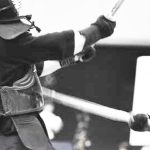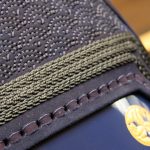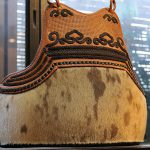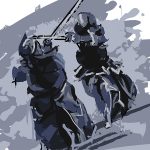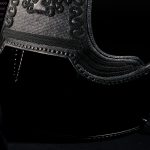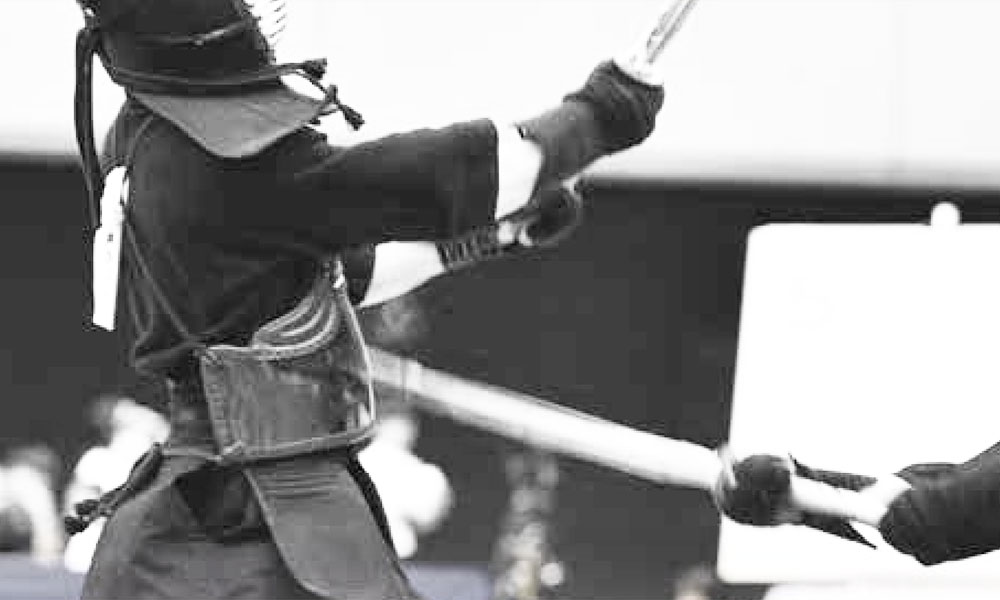
Still more, in the first year of Taisho (1912) the Great Imperial Japanese Kendo Kata (the modern Japanese Kendo Kata) were enacted and, as I’m sure you’re aware, only the right-do is used.

In 1922, Kaneko Chikatsugu, having studied at Koshi, announced that the reason for left-do being omitted in the ‘Kyoiku-teki Kendo’ was that because “to unify the research of the fundamentals of the The Imperial Japanese Kendo Kata.” Yet again, in 1923 when Nakayama Hakudo (who had been a member involved in enacting the Kendo kata) assembled the ‘Kendo Guide’ only the right-do is covered under the ‘Do Strikes’ section.
Suzuki – It seems this was a time when people’s thoughts didn’t always line up. It may be a stretch to say that Takano Sasaburo tried to make kendo a modern sport. However, in trying to modernize it he may have come to recognize the left-do. Just as the left-do was recognized during the war for shiai between different martial artforms.
Yano – In the ‘Kendo Hokan’ (1930) Takano states that, “In Meiwa of the Horeki Calendar, Nakanishi Chube Tsugumasa for the first time wore bogu and, as it was the first time bogu was to be used, tried to determine the striking points. Kote, men, and do –gyaku-do was not adopted.”
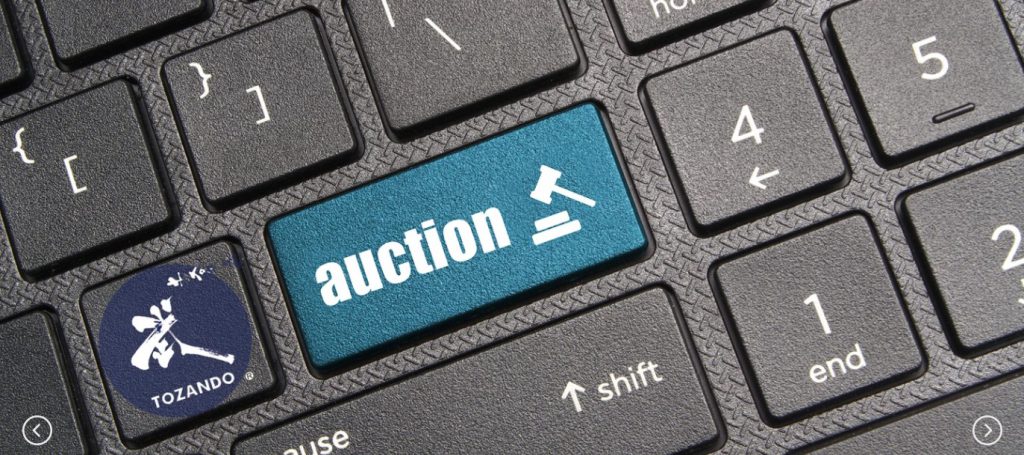
However, now he thought the left-do should be effective due to jukenjutsu of the ‘military kenjutsu’ and the mixed shiai was always something he had on his mind. As the kamae of jukenjutsu is done with the left-foot forward in a hanmi position, the left-do should be an effective striking point against this. Tominaga Kengo, who learned from Takano at Koshi, published the ‘Complete Framework for Practical Student Kendo’ in 1925 being entirely backed by the support of the Koshi Kendo Club. In this work, while it does make right-do the standard, it states that against juken the left-do is advantageous. In his own work ‘Nihon Kendo Kyohan’ from 1920, Takano himself notes the advantages as a method of seme against jukenjutsu.
Suzuki – Jukenjutsu flourished during the war and the mixed shiai between kendo and juken increased. So, it may be an effect of the war that left-do began to be instructed.
Yano – In the end, in the 11th year of Showa (1936) the promulgation of the ‘Second Amendment School Physical Education Instructor Index’ which for the first time stated that as a requirement for the instructors’ syllabus the “basic movements” of do include equally the ‘left-do’ and ‘right-do.’
Suzuki – In the 12th year of Showa (1937) Japan invaded China as the Sino-Japanese war began. Following the war was a period that outlawed kendo. After crossing that bridge, kendo returned – devised as a sport – and of course the left-do remained a valid strike.
Yano – In shinai-kyogi the left-do was certainly valid. In this serial I will introduce this as well, but it was as valid a striking point as both left and right kote. As shinai-kyogi steadily became socially common, in the 27th year of Showa (1952) the All Japan Kendo Federation was established and at this point kendo would once again take off – but as a sport. Kendo, like shinai-kyogi, was a sport with the same rationale, and in accordance with this had the understanding that left and right ought to be equal and thus, the left-do remained on the list of valid strike points.

Then in the 50th year of Show (1975), the chance came for the enactment of the ‘Concept of Kendo’ which would allow kendo to recover its budo heritage. However, concerning the current topic of discussion, it would not recover as far as the right-do only pre-war strike system. The strike positions that established kendo as a sport would continue, and in a way, persist to the modern day.
Suzuki – The impressions I have – having watched kendo for many years – is that from the beginning of the Heisei years, when graduates of Bussen are involved in things like the Kyoto Taikai for example, they rarely go after gyaku-do. It seems that during the mid to late 50’s high school students and university have started to go after gyaku-do with rising frequency. Now, the trend in shiai is for it to be difficult to get a flag to rise with gyaku-do strikes. Should we say that this means that the ideals of the Imperial Japanese Budokai are still alive, or that they have been pulled along into the present…?
Yano – The reason for that trend, with the transitioning of the do’s striking location being apparent and only the right-do having been valid in the past, may very well be creating this impact. However, at present the striking point of left-do has been clearly decided, and so of course when a strike is correctly made, as an “ippon,” a flag will certainly be raised.
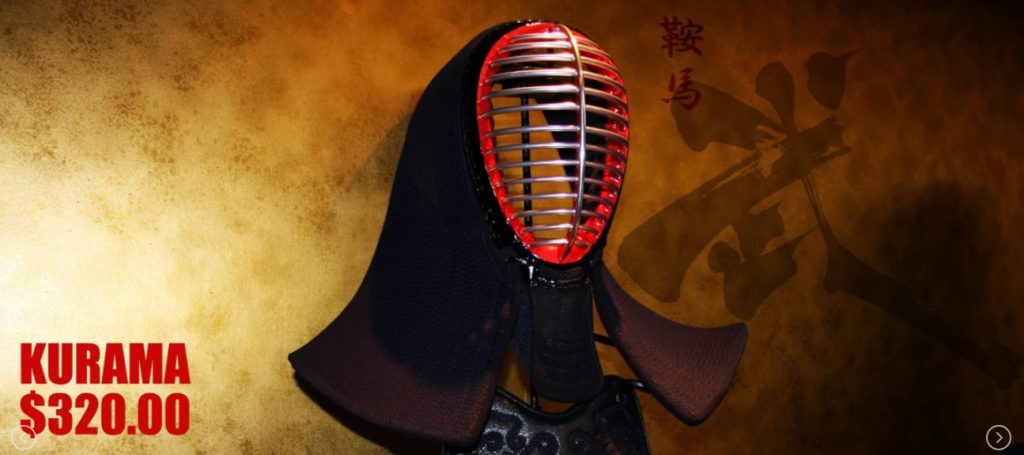
Suzuki – Even if saying that it was at one time only right-do, as currently the rules state that the left and right are recognized, if even one judge does not personally recognize gyaku-do it would be very difficult to say that a shiai was fair.
Yano – As kendo is practiced or instructed, the answers to these very real doubts, about gyaku-do as we have just discussed, kendo having been manipulated to create a military skill during World War II, and to its sportification following the war, are many. I believe it is important to look back and see kendo as it was in that era, how culture affected it, and now, kendo as a budo. This is what we should think about.
Yano Yusuke – Born in the 55th year of Showa. Age 40.
From Miyazaki Prefecture. After graduating from the Japanese National Physical Education University Budo Specialist Kendo Course, he received his master’s and the PHD from the same university researching sports science and is now a Professor of Sports Science. Having worked as a research associate at his alma mater, he then acted as an adjunct lecturer at Kobe University as a member of Health Science and Sports Department. He is currently an associate professor at Aichi Shukutoku University.
 | Did you like what you've just read? Check this out. |



